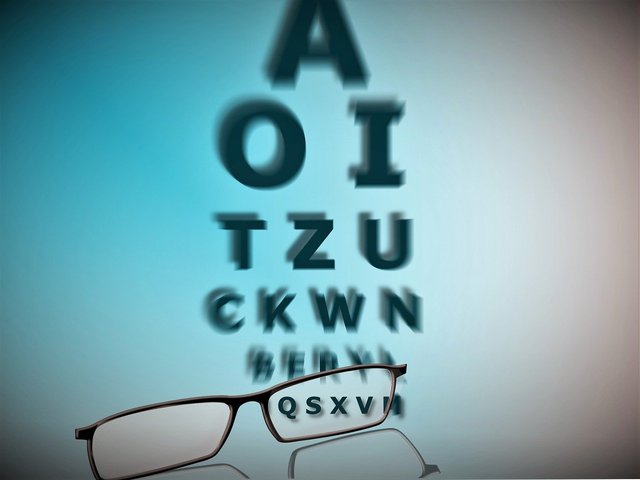What’s up guys,
A broad understanding of a variety of topics, including science, culture, geography, history, and science, is referred to as general knowledge. It supports people's ability to think critically, stay informed, and have meaningful conversations. Gaining general knowledge broadens one's perspective, sharpens one's ability to solve problems, and strengthens one's bond with the world. With that I would like to Thank @sahar78 to organizing such a perfect topic.
Adam Osborne created the Osborne 1, the original laptop, in 1981. Originally intended to fit beneath an airline seat, it was the first portable computer. The Osborne 1 included two floppy disc drives, a compact 5-inch display, and a foldable design. It weighed about 24.5 pounds. It was heavy by today's standards, but because it let users to take their work with them, it was a major breakthrough in personal computing.
Modern computing and productivity rely heavily on lighter, more sophisticated laptops, which were made possible by the Osborne 1 breakthrough.
When someone has nearsightedness, also known as myopia, they often see close items clearly while distant objects appear hazy. It happens when light rays are bent (refracted) wrongly by the shape of the eye, focussing images in front of the retina instead of on it. Usually, the cornea is too curved or the eyeball is too lengthy for this to occur. Myopia typically appears in childhood or adolescence and might get worse as people get older. Clearer distant vision can be achieved by refractive surgery such as LASIK, which modifies the focus of light onto the retina, or by wearing glasses or contact lenses.
The vision ailment known as farsightedness, or hyperopia, causes far things to be perceived more clearly than nearby objects, which may appear hazy. It happens when light enters the eye and focusses behind the retina rather than in front of it. An eyeball that is too short or a cornea with insufficient curvature are the usual causes of this misalignment. As a result, reading and writing become challenging since the eye finds it difficult to focus on close things. Even though many people with hyperopia need corrective lenses like glasses or contact lenses to redirect light onto the retina, the condition is frequently present from birth and can occasionally become better as a person ages. Corrective surgery, like LASIK, can help reshape the cornea to correct vision in more severe situations.
Conclusion
Adam Osborne created the Osborne 1, the first laptop, in 1981. It allowed users to work on the go and was a groundbreaking development in portable computing. When light concentrates in front of the retina, it causes nearsightedness, also known as myopia, which causes distant things to appear fuzzy. Usually, an excessively bent cornea or an enlarged eyeball cause this. In contrast, farsightedness, also known as hyperopia, causes adjacent things to appear blurry as a result of light focussing beyond the retina. A shorter-than-normal eyeball or an inadequately curled cornea are the causes. To sum up, the development of the laptop and other technical advancements have made work more portable, and our knowledge of eye disorders like myopia and hyperopia has helped us rectify our eyesight for better vision.
Best Regards
From Roshani



X share,
https://x.com/roshani96127111/status/1844100998232670585
Downvoting a post can decrease pending rewards and make it less visible. Common reasons:
Submit
Nearsightedness is a common vision condition in which close objects look clear but far objects are blurry.
Good luck on the contest
Downvoting a post can decrease pending rewards and make it less visible. Common reasons:
Submit